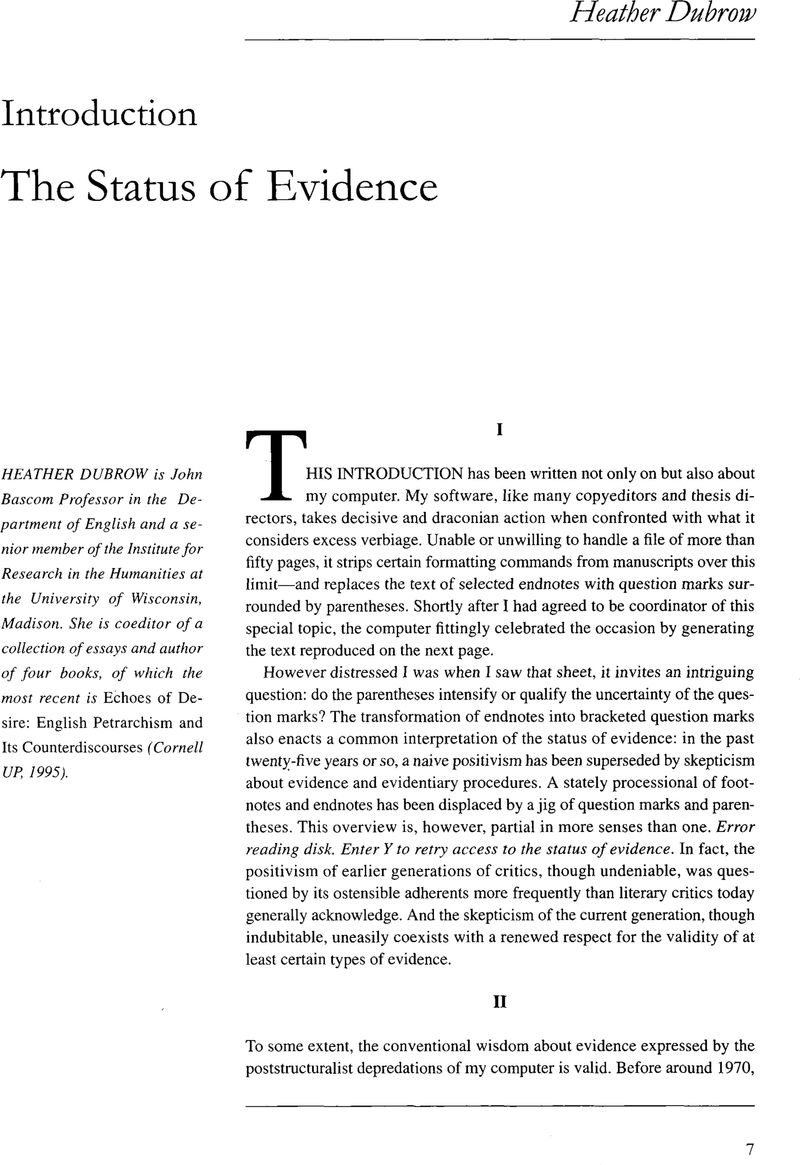Sharpe, J. A “Enforcing the Law in the Seventeenth-Century English Village.
Crime and the Law: The Social History of Crime in Western Europe since 1500. Ed.
Gatrell, V. A. C.,
Lenman, Bruce, and
Parker, Geoffrey.
London:
Europa,
1980.
97–
119.
Google Scholar 